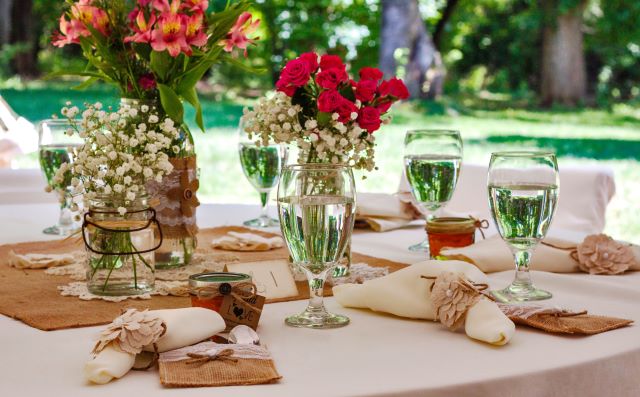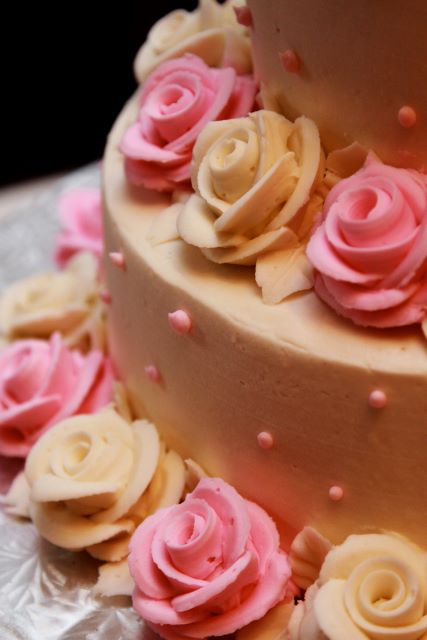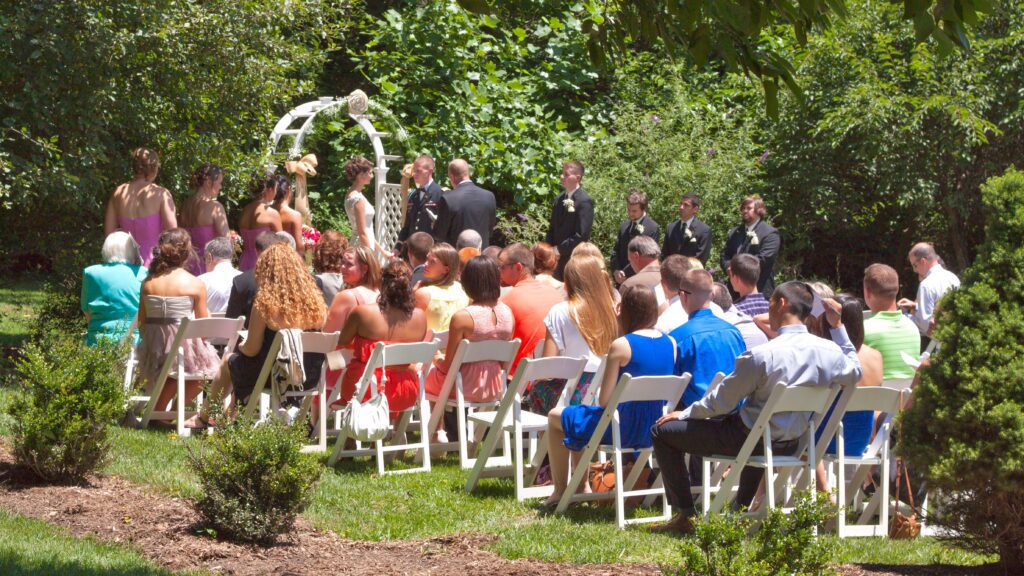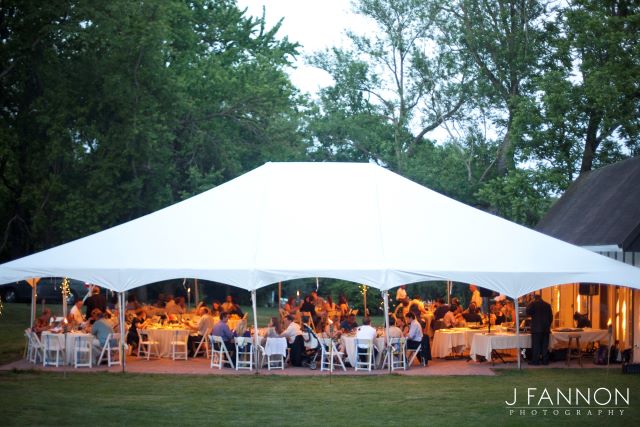When it comes to wedding planning, it’s important to start early and stay organized. You’ll want to begin by locking down your venue and getting your guest list sorted out about six to eight months in advance. It’s imperative to prioritize elements like the ceremony specifics and decorations and guarantee you’re coordinating smoothly with your vendors. Assign responsibilities clearly to avoid last-minute hiccups. But what if something unexpected pops up? Next, I’ll show you how to craft contingencies that keep your special day on track, regardless of surprises.
Planning Basics

To guarantee a stress-free wedding day, start by setting priorities and mapping out a timeline 6-8 months in advance. Early preparation allows you to handle timeline development with the precision it demands.
After your venue selection, which profoundly dictates your date and guest capacity, you must integrate budgeting considerations. Prioritizing how much to allocate for each aspect of your wedding, from decor to DJ, verifies no last-minute financial surprises.
Next, focus on guest list management. Your count impacts every part of wedding planning, from the venue size to the number of invitations and meals. Draft a preliminary list and adjust it as your venue and budget firm up. This approach prevents over-invites and helps avoid painful cuts later.
Choose a style for the invitation that reflects the tone and theme of your wedding. This detail isn’t just a formality; it sets the tone for your event and helps build anticipation. Ensure your invitation provides all the crucial details, like date, time, and location, reflecting your personal touch.
Each step plays into the larger puzzle of your wedding day, guaranteeing that everything fits together smoothly and that nothing is left until the last minute.
Prioritize Key Elements
Identifying your wedding’s principal components early, such as the ceremony and reception, crucially streamlines crafting your event timetable. You’ll want to ponder the ceremony structure first. Pinpointing the exact start time, duration, and any unique rites or customs clarifies the shape of your entire day. As you mold these details, aim to enhance the guest experience. Think about the flow from the ceremony to the next part of your day, guaranteeing smooth transformations for a pleasant atmosphere.
Next, shift your focus to decor planning and photography focus. Deciding on these elements helps set the ambiance and capture the essence of your celebration. Remember that decor not only beautifies the space but also reinforces the theme and mood of your wedding. Coordination here confirms that every visual element complements rather than clashes.
Lastly, prioritize what matters most to you in vendor selection. This decision influences nearly every aspect of your wedding planning, from the quality of food and music to the service efficiency. Allocating ample time to these areas in your timeline minimizes stress and maximizes satisfaction, ensuring that your carefully chosen vendors can deliver their best work on your special day.
Vendor Coordination

Ensure you communicate your wedding day timeline effectively to all vendors, setting clear expectations and roles to prevent miscommunications. Start by distributing a detailed schedule that includes vendor timelines for setup and breakdown. Ensure each vendor receives specific timings, necessary venue details, and event sequence details.
Incorporate a system of regular check-ins to gather vendor feedback and address any concerns swiftly. This proactive approach helps identify and resolve issues before they escalate, ensuring that your day proceeds without a hitch. You’ll simplify vendor communication by assigning a designated coordinator as the main point of contact. This central person will manage all contact, including spontaneous adjustments and vendor transportation challenges on the day.
Make sure to review vendor contracts carefully to understand their requirements and constraints. Awareness of these details allows you to set realistic expectations and facilitates better coordination. For instance, knowing how long a band needs to set up helps you plan other activities accordingly without conflict or rush.
Lastly, keep all communication channels open. Phones should be fully charged, and walkie-talkies can be used for instant communication across larger venues, ensuring everyone stays informed and on schedule.
Backup Strategies
While safeguarding seamless communication with your vendors is pivotal, you should also prepare for unexpected situations by developing effective backup strategies. Unexpected scenarios can occur, and having a solid plan can maintain the joy and flow of your wedding day.
Develop Contingency Plans for Inclement Weather: Always prepare for the worst weather, especially when planning an outdoor wedding. Have inclement weather plans, such as securing a secondary indoor venue or renting tents. This ensures your celebration continues smoothly, rain or shine.
Maintain a List of Backup Vendors: Last-minute vendor changes are stressful but manageable with the right preparation. Keep a list of backup vendors for critical services like catering, photography, and transport. Ensure you have their emergency contacts handy, guaranteeing you can swiftly pivot if a vendor falls through at the last moment.
Incorporate Timeline Flexibility: Build 15-30 minutes of buffer time into your schedule between major events. This timeline flexibility helps you absorb and adjust to inevitable hiccups without derailing the day’s flow.
Rehearsal Guidelines
To guarantee your wedding day unfolds smoothly, it’s essential to carry out a thorough rehearsal the day before. You’ll want to nail down the rehearsal structure to ensure everyone understands their roles and responsibilities. This means dedicating 1-2 hours to walking through the ceremony’s order, from the processional to the recessional, closely monitoring the timing and flow of each element.
Your officiant plays a pivotal role during this practice session, guiding you and your bridal party through the events. They’ll clarify when and where each person should stand, cue the changes between different segments, and rehearse any readings or exchanges of vows.
Ensure your bridal party understands their duties, especially regarding positioning and movement during the ceremony. It’s also imperative to assign specific guest roles, such as ushers or ceremony readers, and walk them through their tasks.
Lastly, communicate detailed instructions to ensure your photographer knows the significant moments and preferred angles to capture, particularly during the critical walking in and out phases. A well-rehearsed ceremony promises a smoother, stress-free wedding day, letting you focus purely on the joy of the occasion.
Wedding Day Schedule

Crafting a precise wedding day schedule guarantees you’ll experience less stress and more joy throughout your celebration. Beginning with guest arrival management, ensure a clear timeframe for when guests should arrive and where they should go. This helps prevent any confusion and starts the day smoothly.
Next, focus on transportation logistics. Arrange transportation options for your wedding party and any guests needing assistance reaching the venue. Well-planned logistics mean no one rushes or arrives late, keeping your day on track.
Ceremony Order: Plan the ceremony’s sequence with great care. Detail every step, from the processional order to the recessional. This ensures everyone knows their roles and timings, minimizing mishaps.
Wedding Party Activities: Outline timings for the wedding party’s preparations, their roles during the ceremony, and participation in the first dance. A detailed schedule helps keep everyone aligned.
First Dance Planning: Schedule your first dance, considering any necessary preparations or rehearsals earlier in the day. This ensures a seamless transition and a memorable moment.
Reception Details
After your ceremony concludes, plan for the reception to begin within 30-60 minutes, allowing ample time for cocktails, photos, and guest movements. Navigating the cocktail hour logistics effectively sets the tone for a relaxed evening. Ensure you’ve designated areas for cocktail services and have staff ready to direct guests. This will prevent any bottlenecks and keep the atmosphere lively and flowing.
Seating arrangement considerations are next on your list. Strategically seat families and groups to foster comfortable interactions and minimize potential tension. You’ll want to finalize these plans with your venue and caterer well in advance to accommodate any special requests or seating adjustments.
Regarding menu presentation ideas, consider how each course will be served. Whether you opt for a buffet, plated, or family-style meal, discuss the timing with your caterer to ensure a seamless transition between courses and maximized guest satisfaction.
Your entertainment scheduling should align with key reception moments like the first dance, cake cutting, and toasts. Coordinate with your DJ or band to ensure they’re prepped for background music during dinner and ready to elevate the energy as the dancing begins.
Lastly, effective guest management strategies involve clear communication of the evening’s flow upon arrival and attentive staff to address any needs throughout the event. This keeps everyone informed and engaged, contributing to a smoothly run reception.
Post-Wedding Tasks
Once your wedding day concludes, send thank-you notes to guests and vendors to express gratitude. These notes show your appreciation and remind everyone of the wonderful shared experience. Make sure to personalize each message to reflect the specific contribution or gift. Following up with heartfelt thanks will leave a lasting impression and maintain cherished relationships.
Manage Official Documents: Tackle the official paperwork early. This includes filing your marriage license and handling any necessary name change documents. It’s vital to guarantee these are processed within the legal time frames.
Settle Accounts with Vendors: Review all final invoices and make the remaining vendor payments. Resolving these promptly avoids any later disputes and helps maintain good professional relationships.
Preserve Keepsakes: Last but not least, think about keepsake preservation. Have your wedding gown cleaned and preserved by professionals, and consider how you’ll store other items like your bouquet or a piece of the wedding cake.
Remember to update your wedding website or social media to share your joy and gratitude with those who celebrated from afar, and complete your post-wedding checklist with efficiency and care.

A Sweet Ending: Making Your Dream Wedding a Reality at Sugarhouse
As you sail towards the horizon of your new life together, use this manual as your compass to navigate the complexities of wedding planning. Maintain a clear course by sticking to the timeline, coordinating smoothly with vendors, and adapting when needed. Remember, rehearsals refine the rhythm of your big day.
By organizing with care and communicating effectively, you’ll anchor your joyous celebration in seamless success, allowing you both to revel in every precious moment of your wedding day. When finding the perfect venue to bring your dream wedding to life, consider the charm and experience of The Sugarhouse at Elk Forge Inn.
Set on five beautiful acres of woods and gardens along the Big Elk Creek, The Sugarhouse offers a unique ceremony and reception venue that can accommodate large gatherings of up to 200 guests and more intimate affairs. With its blend of indoor and outdoor options, luxurious accommodations, and professional staff to guide you through wedding planning, The Sugarhouse provides the ideal backdrop for creating memories that will last a lifetime.
From rehearsal dinners to the ceremony, from the first dance to the final toast, The Sugarhouse at Elk Forge Inn has the facilities and expertise to ensure your special day unfolds just as you’ve imagined. Schedule a tour today and take the first step towards making your wedding day unforgettable.
